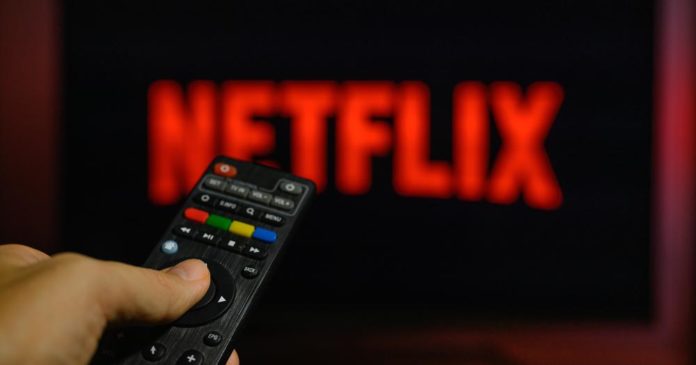
The other day, Netflix announced its plan to start cracking down on password sharing among users.
In the past, the company encouraged this practice with the ability to have multiple profiles on a single account. Now when its growth has started to slow down, it is looking for alternative ways to get more subscribers — cause, you know, 222 million people is not enough.
What’s more, they are saying that the password sharing practice is impacting its “ability to invest in great new TV and films.”
The basic math paints a different picture, cause 222 million users x $10/month (or more) equals $2.2 billion per month. One would think that would be enough money to pay the staff and shoot movies. Apparently not. Or… you be the judge.
Netflix added that it won’t ban password sharing, but will “only” start charging users who do it more.
This “test” starts with three countries – Chile, Costa Rica and Peru. For 2,380 Chilean pesos, 2.99 U.S. dollars and 7.9 Peruvian sol, respectively, users can add up to two profiles.
The first comments from users are not positive, to say the least.
“Netflix will lose a lot of customers if they do this password sharing crackdown they plan to do,” said one Twitter user.
“How do you expect families to handle password sharing in the case of divorcees, their children, or college students away from home?” another user said. “We already pay a lot for it, now you’re just milking us for every dollar spent.”
“Mind your business! Respectfully!” said one tweet, with many others aiming profanity and laughing emojis at the streaming giant.
If everything goes as Netflix plans, users who don’t pay up will be able to transfer their profiles to their own accounts, retaining customizations like My List, viewing history and recommendations Netflix makes.
For what it’s worth, Netflix has already tried to get people to pay for their own accounts. In March of last year, it began testing two-step verification, requiring users to input a code sent to their phone after logging in.
The streaming giant previously raised its U.S. prices in October 2020 and again in January, bringing the price of its standard plans from $13.99 to $15.49.
